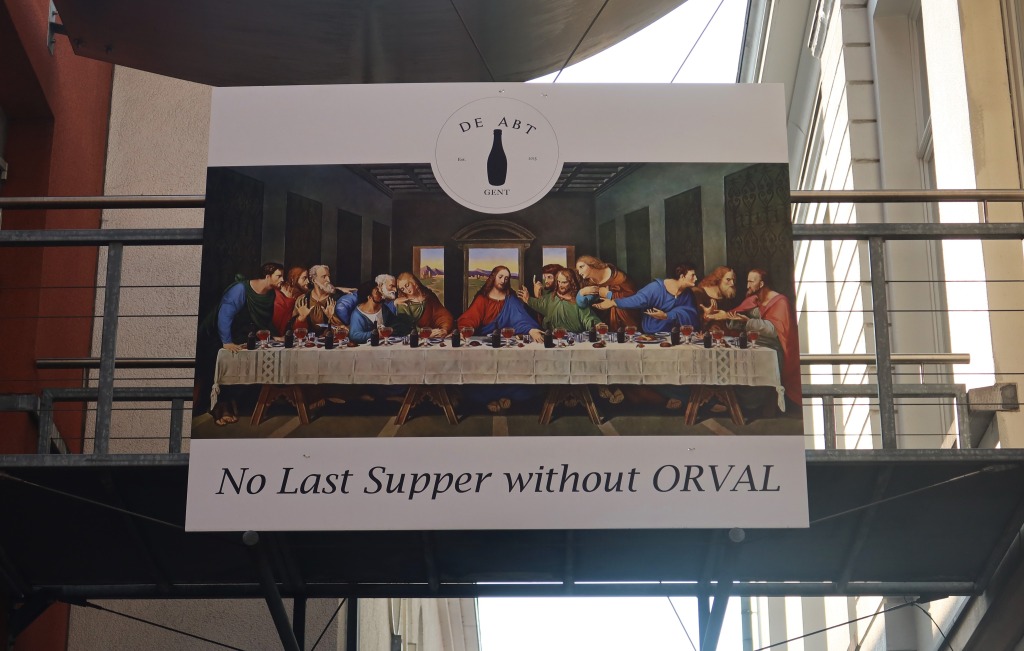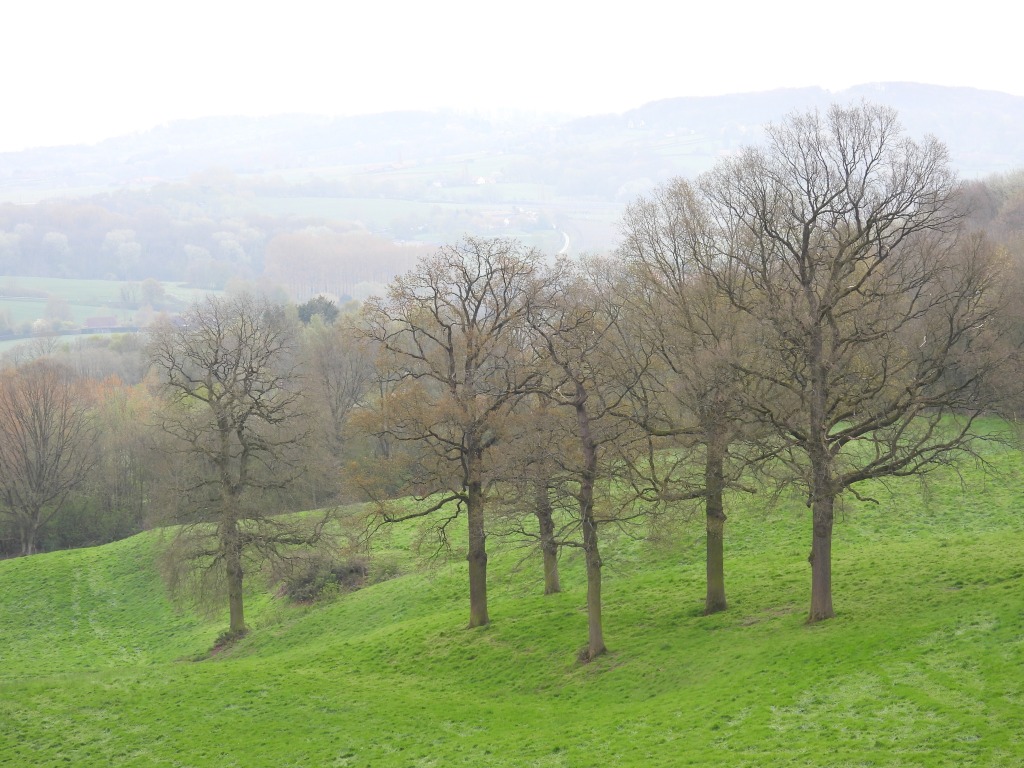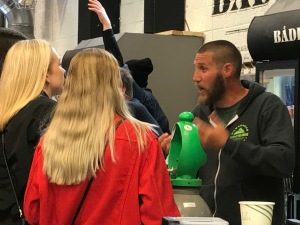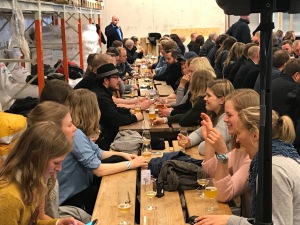They don`t come perfect, of course. Bryggerifestivalen i Trondheim – Trondheim Brewery Festival comes close, though. It has been a yearly event since 2013, taking place on the main square in Trondheim the first Thursday-Saturday in August. This year there was a record of 60.000 visitors, by far the biggest beer festival in Norway.
10 reasons for the success:

1. The setting. In the middle of the historical center of town. Thanks to a fire in the 18th century, this part of town has broad streets with a lot of space. The beer festival is located at the center of a food festival offering a bounty of fresh food from small scale producers. Plenty of running water for drinking and cleaning glasses. Lots of seating , both outdoors and sheltered. Very convenient for public transport.
2. The timing. A fair scattering of tourists, most of the locals are back from their holidays. Those who work nearby can drop in after work. A good opportunity to meet friends after the summer break and find your way into town.
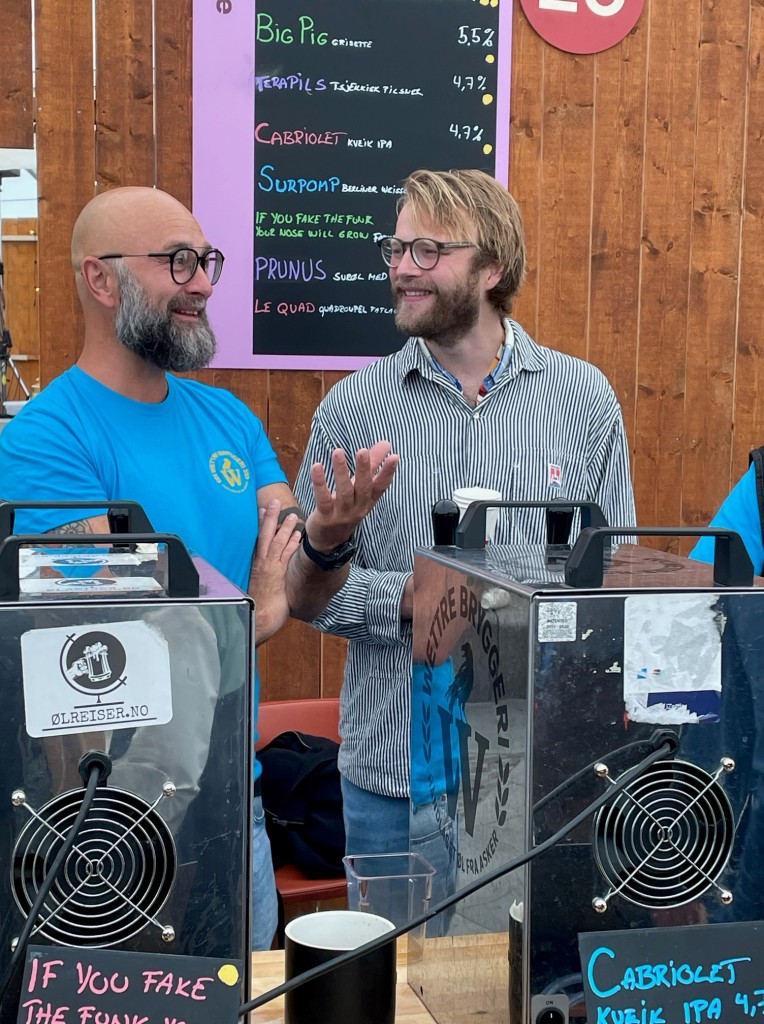
3. The routines. There have been challenges over the years, from local authorities who refused to give a license to beer freezing because the thermostat on a container was turned too cold. Most of the bumps are removed, the venue is the same, the resources are spent making it a good experience.
4. The professional staff. The organizing team, of course, with accumulated knowledge, professional attitude and a friendly smile. Joggling spreadsheets, media, VIP visitors, food vouchers and what have you. The core staff works on this during the year, and some have been around for a long time. The security is professional and friendly, solving problems with a smile.
5. The volunteers. They work early and late, cleaning, sweeping, distributing beer kegs, making coffee, doing all the invisible work. My humble part in this is helping one of the breweries serve their beers as a volunteer.
6. The breweries. You can always argue about the selection, but this match of regional and national breweries as well as a few international guest works very well. And, most likely, the brewers themselves serve the beers and, if you turn up early, have time for a chat. 30+ breweries means there is something for everyone.
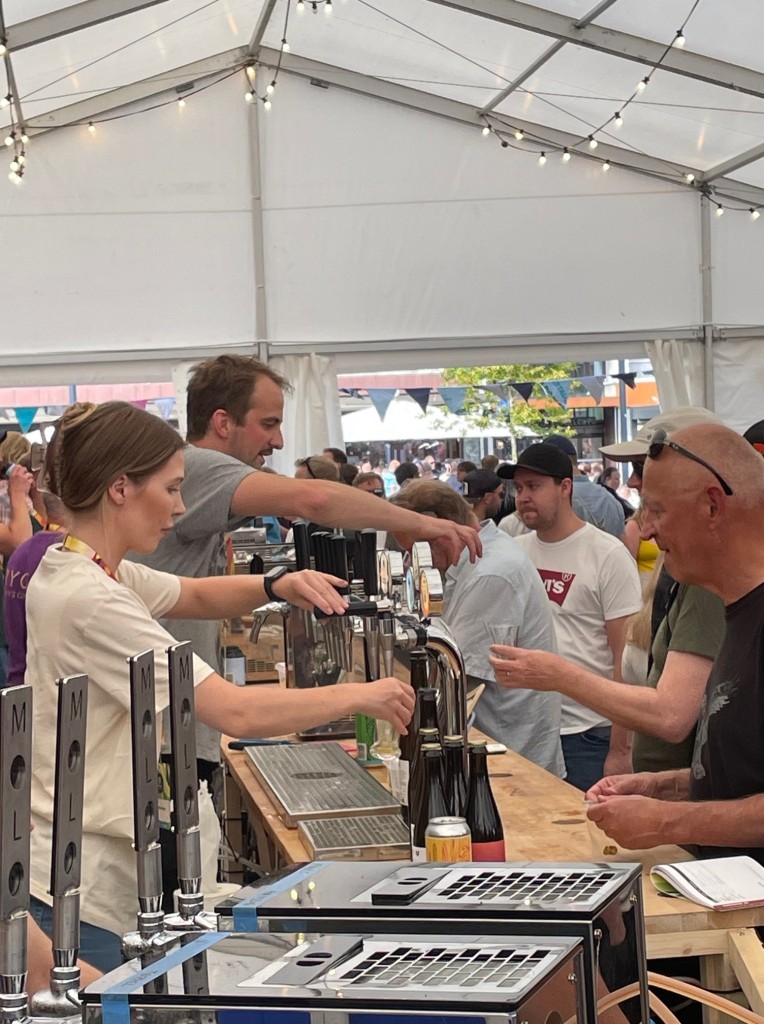
7. The beers. Hazy, smoked, bright, cloudy. Pale, red ,amber, brown, black. Alcohol free, light, barrel aged, hoppy, malty, Belgian-inspired. Kellerbier, Neipa, Quad, Biere de Garde, Weizenbock, mead, braggot, ice cider.
8. The back stage camaraderie. There is enough space to sit down, have a coffee and a snack and talk to your colleagues. If there are technical problems with the equipment, there is always someone willing to help out. When a keg is emptied, you ring a bell, triggering loud cheers behind the counter. And if you don’t have a particular style of beer, you can always point to another brewery that might help.
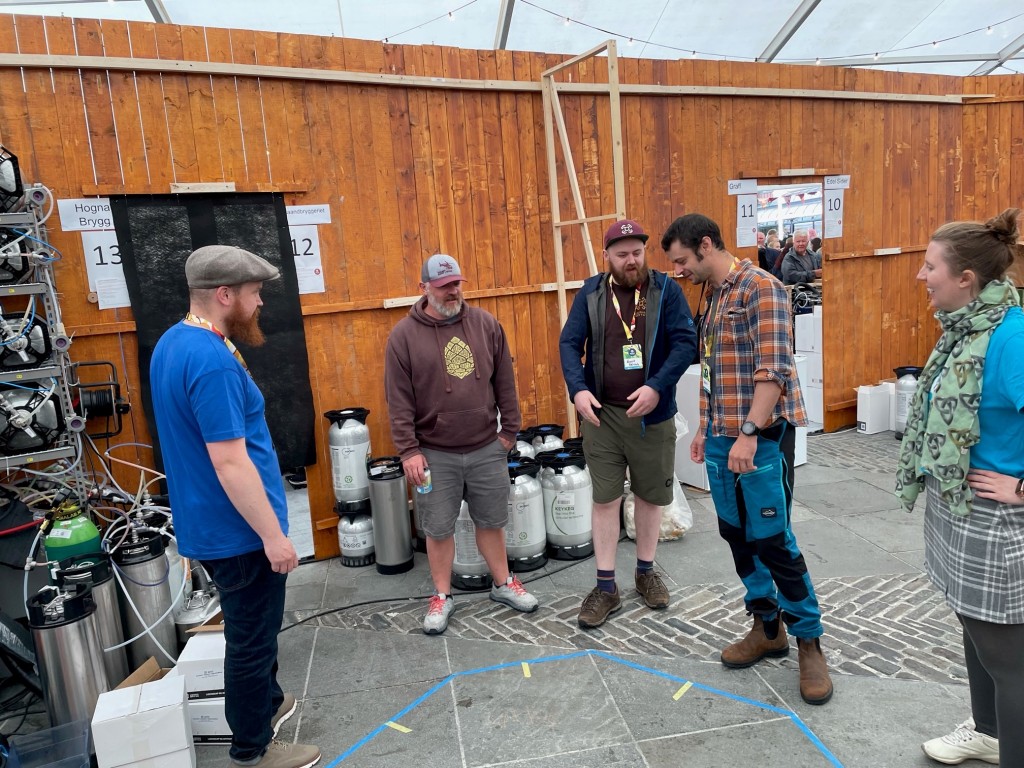
9. The locals. A good mix of people. Young and old, town and country, beer tickers and something light, please. Family friendly during the day, which also means that everyone behaves. With 60.000 visitors over the three days, only a handful need to be escorted out.

Beau from Monkey Brew (above) said it well: All these smiling faces, lining up to taste your beers makes up for long winter when you swear over equipment that breaks down or beer you have to pour out.
10. The weather. Sometimes there is a shower, but the weather gods, who often ruin the Trondheim summer, usually favor this weekend.
Disclaimer – I make a beer quiz and other odd jobs for the festival, but I am not involved in any decision-making or organizing.
